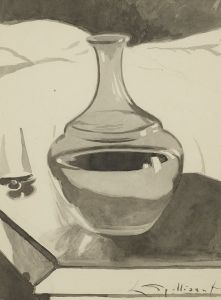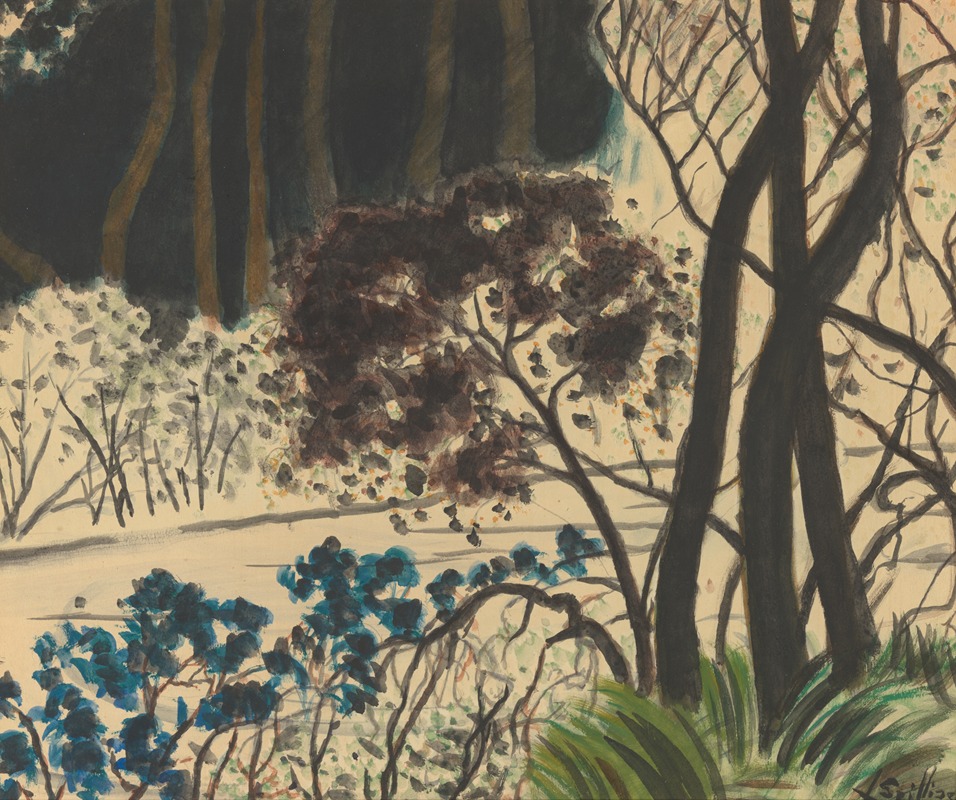
Bosgezicht
A hand-painted replica of Léon Spilliaert’s masterpiece Bosgezicht, meticulously crafted by professional artists to capture the true essence of the original. Each piece is created with museum-quality canvas and rare mineral pigments, carefully painted by experienced artists with delicate brushstrokes and rich, layered colors to perfectly recreate the texture of the original artwork. Unlike machine-printed reproductions, this hand-painted version brings the painting to life, infused with the artist’s emotions and skill in every stroke. Whether for personal collection or home decoration, it instantly elevates the artistic atmosphere of any space.
Léon Spilliaert (1881–1946) was a Belgian symbolist painter and graphic artist known for his unique style that often combined elements of symbolism, expressionism, and surrealism. His works are characterized by their introspective nature and often depict solitary figures, desolate landscapes, and eerie interiors. One of his notable works is "Bosgezicht," which translates to "Forest View" in English.
"Bosgezicht" is a painting that exemplifies Spilliaert's fascination with mood, atmosphere, and the interplay of light and shadow. While specific details about the creation and history of "Bosgezicht" are limited, it is consistent with Spilliaert's broader body of work, which often explores themes of solitude and introspection. His paintings frequently reflect his personal experiences and emotions, capturing a sense of mystery and melancholy.
Spilliaert was born in Ostend, Belgium, and his early life in this coastal city had a profound influence on his artistic vision. The stark landscapes and the ever-changing sea provided a backdrop for his imagination. Although he had little formal training, Spilliaert was deeply influenced by the symbolist movement and artists such as Edvard Munch and Odilon Redon. His work often features a subdued color palette, with an emphasis on blues, blacks, and grays, which contribute to the somber and contemplative mood of his paintings.
In "Bosgezicht," Spilliaert's use of color and composition likely reflects his interest in capturing the essence of a scene rather than its literal appearance. His technique often involved layering watercolor, ink, and pastel to create depth and texture, which can be seen in the way he renders light filtering through trees or the shadows cast on the forest floor. This approach allows the viewer to experience the emotional resonance of the scene, rather than just its physical attributes.
Spilliaert's work, including "Bosgezicht," is often described as being ahead of its time, bridging the gap between 19th-century symbolism and 20th-century expressionism. His ability to convey complex emotions through simple yet powerful imagery has earned him a lasting place in the history of modern art. Despite his relatively small output, Spilliaert's paintings continue to captivate audiences with their haunting beauty and psychological depth.
Throughout his career, Spilliaert remained somewhat of an outsider in the art world, preferring solitude and introspection over the social scene. This sense of isolation is often mirrored in his work, where lone figures or empty spaces evoke a feeling of quiet contemplation. "Bosgezicht," like many of his other works, invites viewers to explore their own emotions and thoughts as they engage with the painting.
Today, Léon Spilliaert's works are held in high regard and can be found in major museums and private collections around the world. His unique vision and ability to capture the intangible aspects of human experience continue to inspire artists and art enthusiasts alike. While specific details about "Bosgezicht" may be scarce, its place within Spilliaert's oeuvre highlights the enduring power of his artistic legacy.





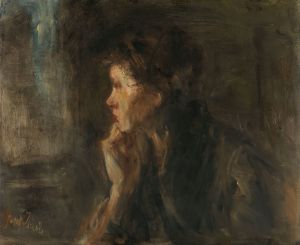
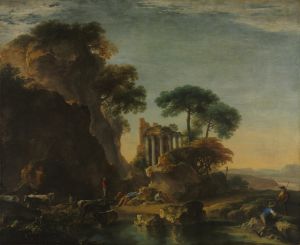
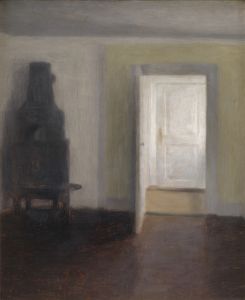
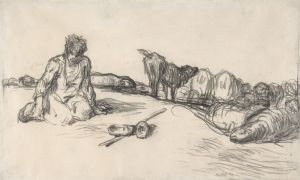
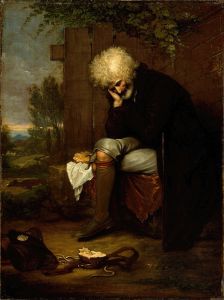
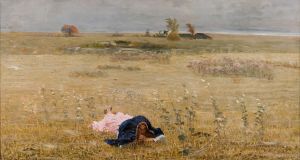
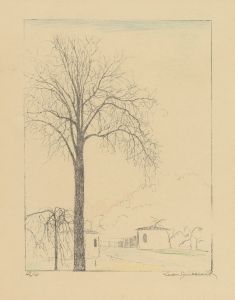
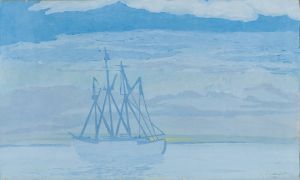
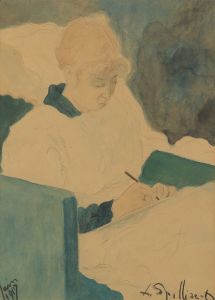
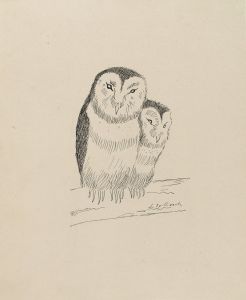
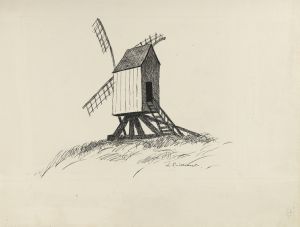
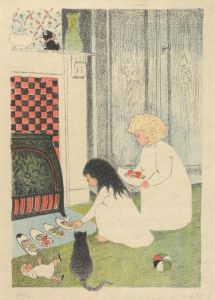
![Le Phare aux signaux [De vuurtoren]](/imgs/265487/s/leon-spilliaert-le-phare-aux-signaux-de-vuurtoren-e990bdd5.jpg)
